1. Introduction
Magnetic flip plate level gauges, also known as magnetic float level gauges, are widely used in industries such as power generation, petroleum, and chemical processing. These instruments provide a simple, reliable, and easy-to-maintain method for liquid level measurement. Unlike electronic sensors, magnetic flip plate level gauges are less susceptible to environmental interference, making them suitable for harsh conditions, including high temperatures, high pressures, and corrosive environments.
However, like any industrial instrument, magnetic flip plate level gauges are prone to certain operational issues, particularly when installed improperly or exposed to media with excessive solid impurities. The most common problems include inaccurate liquid level indication and floating element blockage. This article provides a detailed analysis of these faults and corresponding troubleshooting methods.
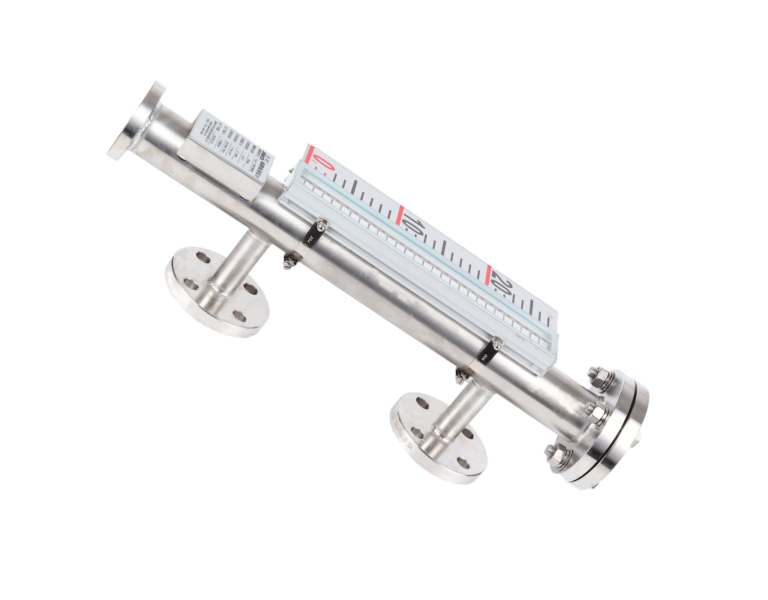
2. Working Principle of Magnetic Flip Plate Level Gauge
The operation of a magnetic flip plate level gauge is based on three fundamental principles:
Communicating Vessels Principle: The liquid level inside the measuring tube aligns with the level in the container.
Buoyancy Principle: The magnetic float inside the tube moves up and down in response to liquid level changes.
Magnetic Coupling Effect: The internal permanent magnet in the float drives the external magnetic flip plates to rotate, indicating the liquid level.
Key Components:
Measuring Tube: Connected to the tank or container, forming a communicating vessel.
Magnetic Float: Moves within the tube, responding to liquid level changes.
Flip Plate Indicator: Located outside the tube; consists of small magnetic plates that flip 180° to show liquid level (red for liquid, white for empty space).
Optional Transmitter: Converts level readings into electrical signals (4-20mA or HART) for remote monitoring.
Measurement Process:
As the liquid level rises, the magnetic float moves upward, causing the external flip plates to rotate from white to red.
As the liquid level drops, the float descends, and the flip plates turn back to white.
When equipped with a transmitter, the gauge can send real-time data for remote monitoring and control.
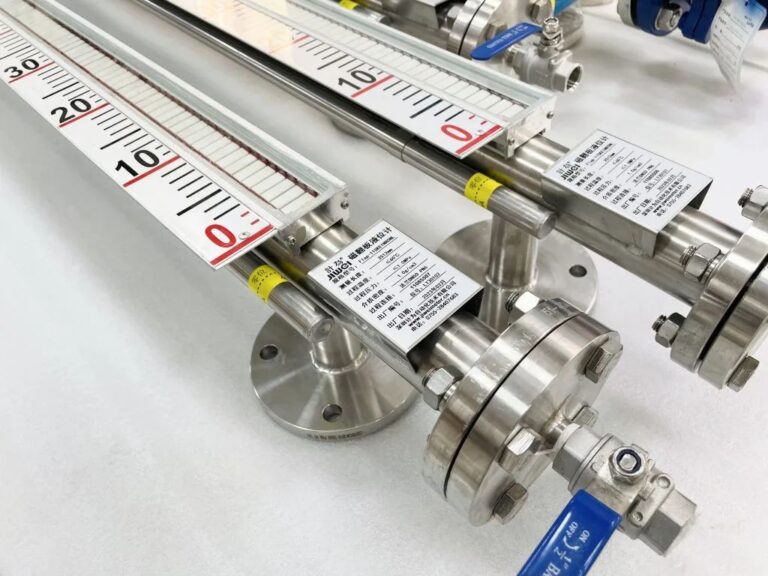
3. Common Faults and Troubleshooting Methods
3.1 Flip Plates Do Not Respond to Liquid Level Changes
This issue often occurs due to mechanical blockage or insufficient magnetic force transmission.
Possible Causes & Solutions:
| Cause | Solution |
|---|---|
| Sample valve not fully open | Ensure the valve is open sufficiently to allow fluid movement. |
| Accumulation of debris or sediment | Perform regular flushing and cleaning of the gauge. |
| Magnetic float has lost magnetism | Replace the magnetic float with a new one. |
| Protective cover deformation prevents flip plate movement | Inspect and replace the cover if visibly damaged. |
3.2 Confusing or Unstable Flip Plate Indications
When the flip plate display becomes erratic or unreadable, it can be due to disturbances in the measurement process.
Possible Causes & Solutions:
| Cause | Solution |
| Sudden rapid opening of the drain valve | Reset the flip plates using an external magnet. |
| Presence of air bubbles in the measured liquid | Use a magnet to realign the flip plates and check for trapped air. |
| Some flip plates have weakened magnetic properties | Restore them using a magnetic brush or replace affected units. |
| Magnetic float detachment | Remove the gauge and perform repairs. |
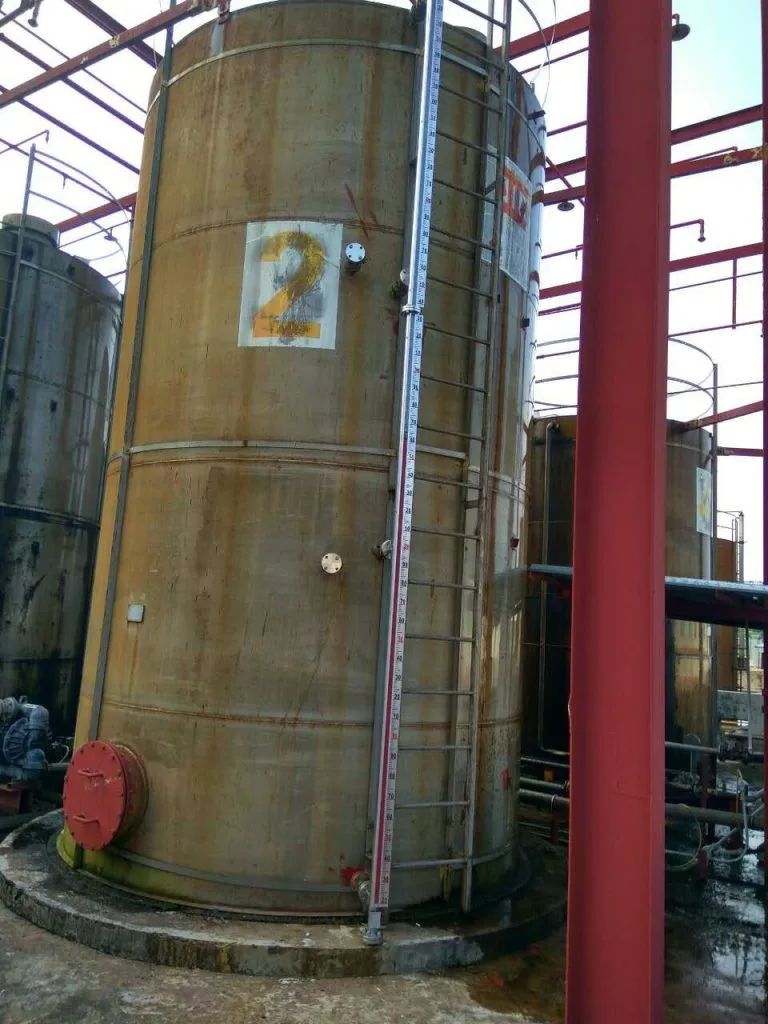
3.3 Abnormal Flip Plate Indications
Irregular or frozen flip plate readings can result from mechanical faults or external impacts.
Possible Causes & Solutions:
| Cause | Solution |
| Magnetic float has lost magnetism | Replace with a new magnetic float. |
| Some flip plates have demagnetized | Use a magnetic brush to realign them or replace as needed. |
| Dirt or sediment causing float obstruction | Clean and flush the gauge periodically. |
| Vibration or impact has disrupted magnetic coupling | Use an external magnet to realign the system. |
| Unknown causes leading to float blockage | Inspect the system thoroughly and resolve the root cause. |
3.4 Issues with Remote Transmitter Signals
For level gauges equipped with remote transmitters, issues may arise in signal transmission.
Possible Causes & Solutions:
| Cause | Solution |
| Power supply failure | Check and restore proper power supply to the transmitter. |
| Faulty wiring connections | Inspect and correct wiring issues, including safety barriers. |
| Incorrect transmitter configuration | Verify and adjust range settings to match actual requirements. |
| Transmitter malfunction | Replace with a functional transmitter unit. |
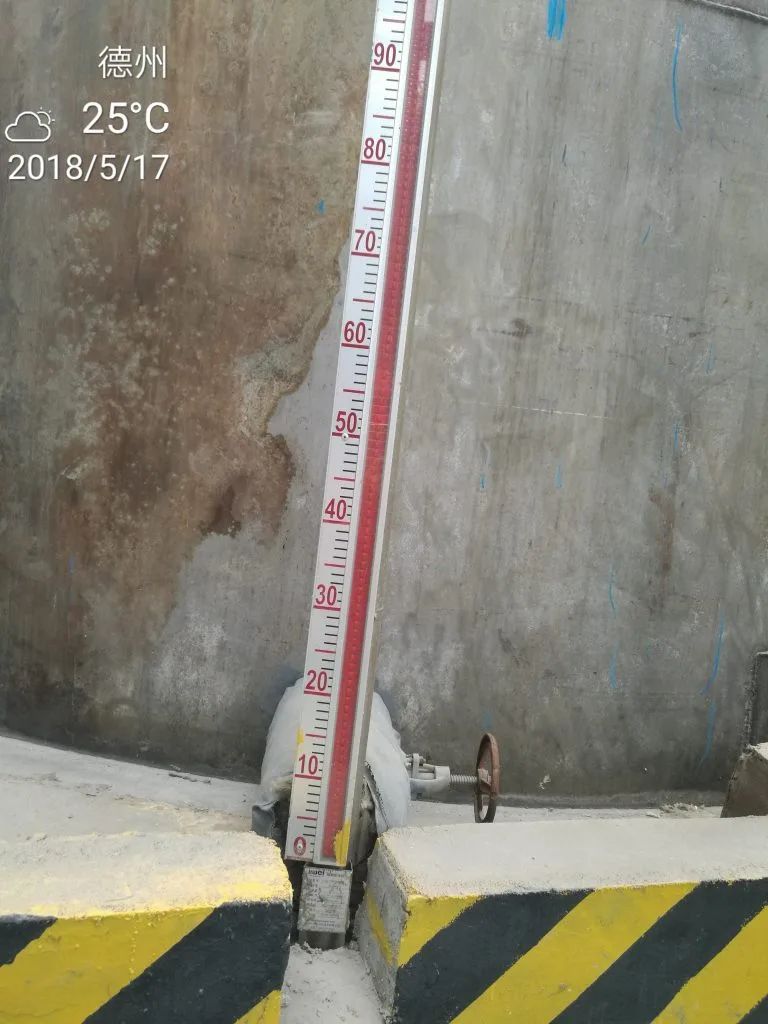
4. Preventive Maintenance Measures
To ensure the reliable operation of a magnetic flip plate level gauge, regular maintenance is essential. Below are key preventive measures:
4.1 Routine Inspections
Check for dirt accumulation and perform scheduled cleaning.
Inspect flip plate indications for consistency.
Ensure valves are correctly positioned and functional.
4.2 Regular Flushing and Cleaning
Periodically flush the measuring tube to prevent debris buildup.
Remove and clean the magnetic float if necessary.
4.3 Calibration and Testing
Use an external magnet to verify the responsiveness of flip plates.
If a remote transmitter is installed, validate signal accuracy periodically.
4.4 Installation Best Practices
Ensure vertical installation to prevent float misalignment.
Avoid placing the gauge in areas prone to strong vibrations or mechanical shocks.
Use appropriate sealing materials to prevent leakage and contamination.
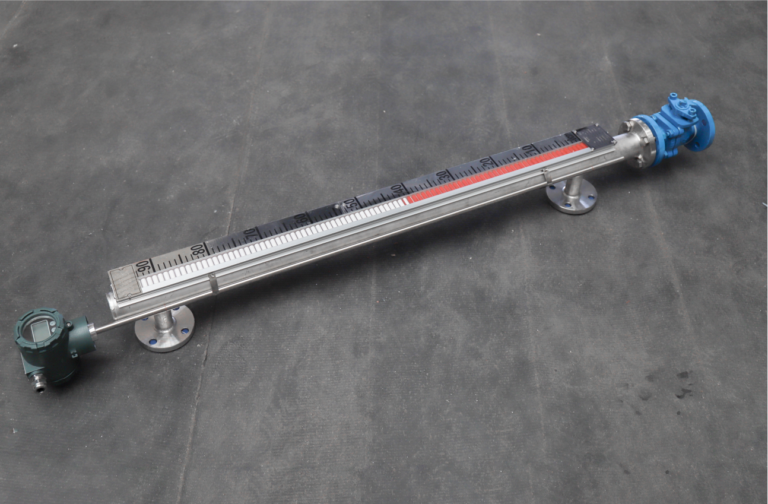
5. Conclusion
Magnetic flip plate level gauges are widely used in industrial liquid level measurement due to their reliability and ability to operate in harsh environments. However, certain common faults may occur, primarily due to blockages, magnetism degradation, or improper installation. By implementing regular maintenance and adopting best installation practices, users can significantly enhance the durability and accuracy of these instruments.
By understanding common faults and solutions, technicians and engineers can ensure the continued efficiency of these gauges, minimizing downtime and improving process reliability.
